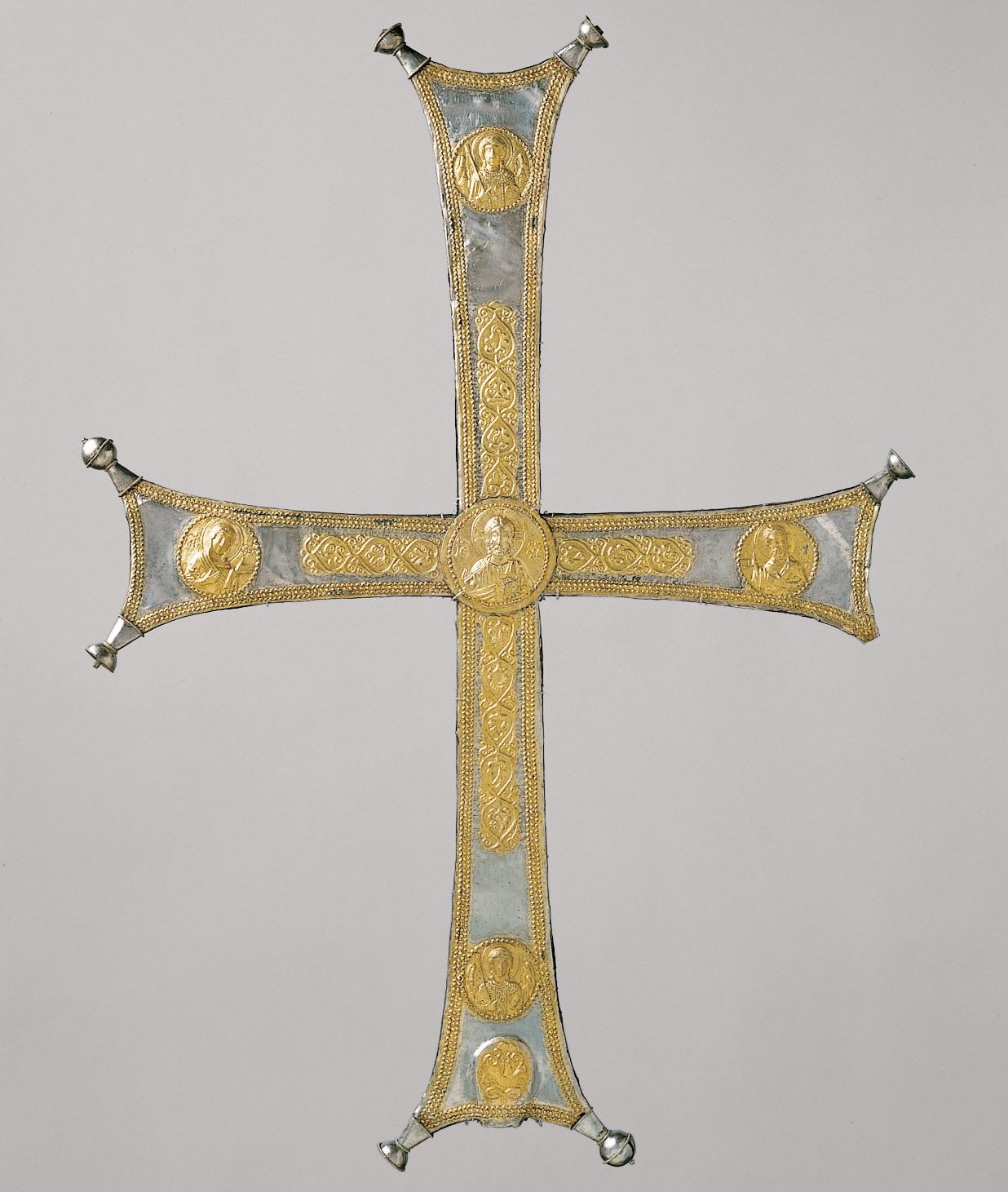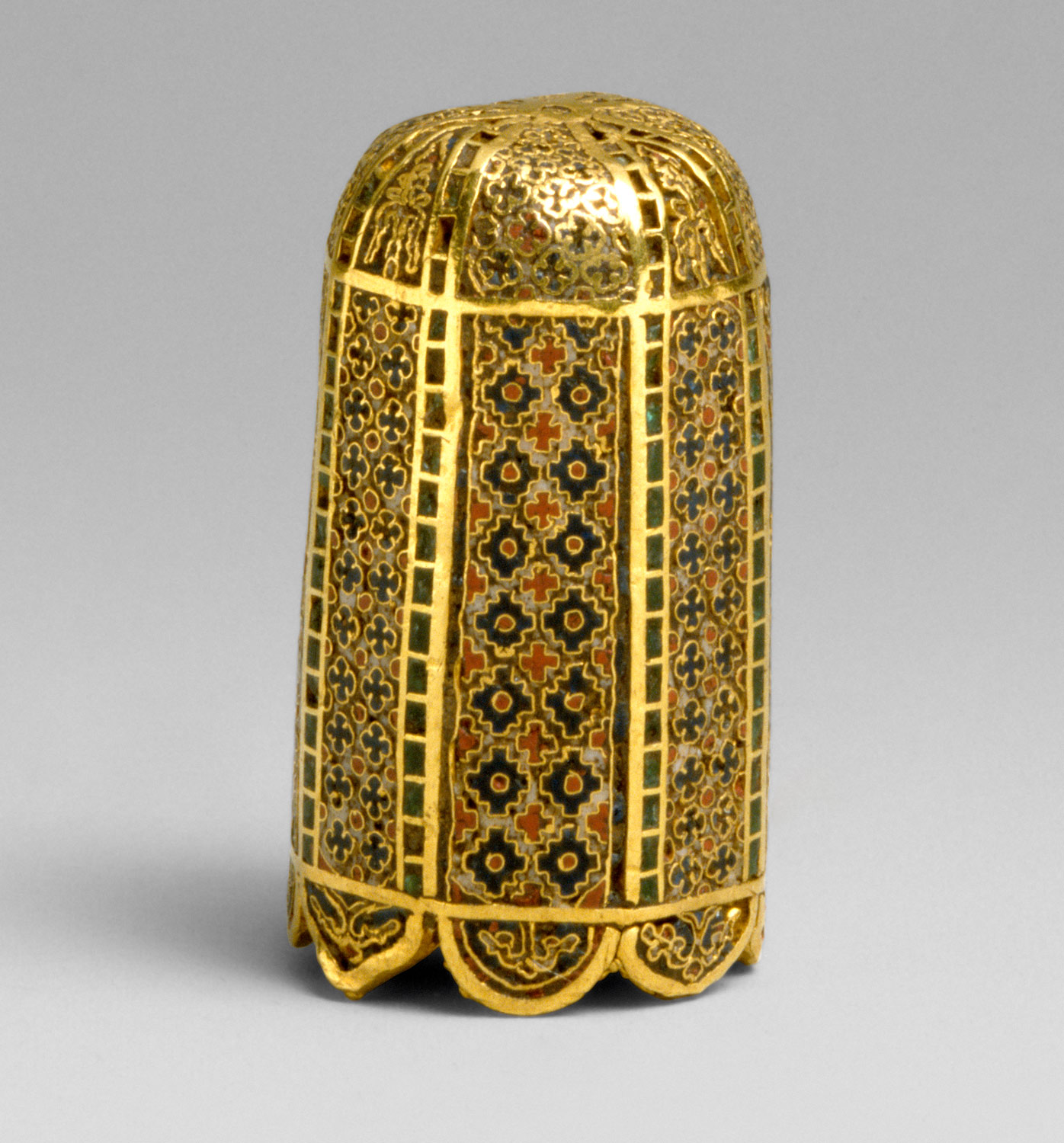This period witnesses Byzantium’s greatest medieval expansion in the Balkans, followed by the empire’s almost complete collapse in 1204 with the fall of the Byzantine capital to the Western knights of the Fourth Crusade. The Latin Empire established there in 1204 lasts until 1261, when the Byzantine emperor Michael VIII Palaiologos regains the capital. Regional centers of power compete with the capital for authority, among them the Byzantine despotates of Epirus and Thessaly, Latin principalities in southern Greece, and the increasingly powerful states of Serbia and Bulgaria. Ultimately all these states fall to the Ottoman Turks, with Constantinople becoming the capital of the Ottoman empire in 1453. Byzantine art and architecture of the eleventh and twelfth centuries reflect the empire’s prosperity and cultural dominance in the Balkans. Despite the political crises of the thirteenth and fourteenth centuries, a revival occurs in the arts of the Byzantine territories.
Balkan Peninsula, 1000–1400 A.D.
Timeline
1000 A.D.
1100 A.D.
1100 A.D.
1200 A.D.
1200 A.D.
1300 A.D.
1300 A.D.
1400 A.D.
Overview
Key Events
-
1018
The Byzantine emperor Basil II Bulgaroktonos, “the Bulgar-slayer” (r. 976–1025), conquers Bulgaria, brutally blinding thousands of captive enemy soldiers. Under Basil II, Byzantium reaches its greatest medieval extent. The territory of Bulgaria remains part of the Byzantine empire until circa 1188, when the Second Bulgarian Kingdom is established.
-
1054
Ongoing dissension between the Orthodox Church of Byzantium, led by the patriarch of Constantinople, and the Roman church, led by the pope, comes to a head in a mutual excommunication by the two leaders. The Schism marks one of the most significant breaks between Eastern and Western Christianity. During the Crusades, this division erupts into open military conflict.
-
1147
The Norman king of South Italy and Sicily, Roger II (r. 1130–54), raids Byzantine territories in Greece and temporarily seizes the city of Thessaloniki. Noted for his admiration of Byzantine art and ceremony, Roger is reported to have returned to Italy with a team of Byzantine silk weavers.
-
ca. 1180
Following a brief Byzantine occupation under Manuel I Komnenos (r. 1143–80), Serbia again becomes a fully independent kingdom when Stefan Nemanja (r. ca. 1165/8–96) founds a powerful new dynasty. The Nemanjids rule medieval Serbia for the next 200 years (ca. 1165–1371), expanding their territory southward into formerly Byzantine lands. As active patrons of the arts, Nemanjid rulers found numerous dynastic churches and monasteries, which combine elements of both Byzantine and Western medieval traditions.
-
1204
Byzantium is conquered and occupied by Western armies of the Fourth Crusade. Byzantine works of art are dispersed throughout the Western medieval world as the plunders of war. In place of a centralized Byzantine government, with its one capital in Constantinople, independent Byzantine states in exile are established in the former imperial provinces: the empire of Nicaea (1204–61), the empire of Trebizond (1204–1461), and the despotate of Epirus (1204–1318).
-
1261
A new Byzantine emperor, Michael VIII Palaiologos (r. 1259–82), emerges from exile in the state of Nicaea and recovers Constantinople, reestablishing the empire on a much reduced scale. A triumphant parade entering Constantinople is held on August 15, with the emperor following the famous Hodegetria icon of the Virgin into the city.
-
1274
The Council of Lyon reunites the Byzantine and Roman churches, divided since the Schism of 1054. Theological debate over unification persists as a divisive issue in the Byzantine church. The 1274 measure is repealed in 1282, only to be reconsidered several times until the empire’s fall in the mid-fifteenth century.
-
ca. 1300–1350
Albanians, originally settled in the northwestern Balkans, migrate to Byzantine territories and seize control of parts of central Greece (Epirus and Thessaly). Albanians living in central and southern Greece increasingly are assimilated into Byzantine society.
-
1354
Ottoman-Turkish armies occupy the Byzantine fortress of Gallipoli and begin expansion into the Balkans. In circa 1376, the Ottoman capital is transferred from Prousa in Anatolia to the former Byzantine city of Adrianople (now Edirne, Turkey), just 130 miles northwest of Constantinople.
-
1389
At the Battle of Kosovo Polje, Ottoman forces under Murad I defeat the Serbian and Bosnian armies. Following the conquest, Ottoman expansion continues throughout the Balkans and eastern Europe.
Citation
“Balkan Peninsula, 1000–1400 A.D.” In Heilbrunn Timeline of Art History. New York: The Metropolitan Museum of Art, 2000–. http://www.metmuseum.org/toah/ht/?period=07®ion=eusb (October 2001)


















